The exotic Tronadora Butterfly
The Hamadryas
The Hamadryas are commonly known as Tronadorras butterflies due to the ability of the males of several species to produce a sound similar to the one that fry a bacon in the pan. Although the males produce this sound the females can also detect it by membranes in their wings that vibrate in response to this sound and stimulate their nerve endings.
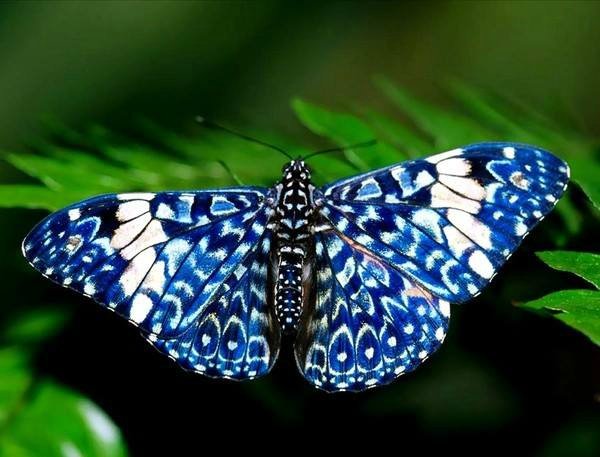
Characteristics
The Hamadryas They are medium butterflies (5-8 centimeters of enver-gadura). Many have a pattern of small spots in which brown and blue colors predominate. They alight with open wings, as if hugging the branches and trunks where they suck fermented sap.
Many species of butterflies have an aspect or a chromatism that allows them to be confused with the ecosystem, or in the environment in which they are lodged, others take the color of the places where they live. Thus they can evade their predators as they pass unseen by their enemies. Among these is the hamadryas, a species that comes from Mexico, which favors its environment.

Of this species, some imitate the bark of the trees where they remain quiet for part of their existence, because their adult life is vastly short. This phenomenon has been called mimicry, a word of Greek origin that means imitation.
Some genera have a green color that masks them with foliage and others through the shape of the animal. As usual, this variety perches on the branch of the trees with open wings and because of its color, they are confused with the lichens that are usually found on the plants where they live.
It is also known as Starry Night in reference to the painting of Vincent van Gogh that bears that name.
The purpose of the sound is unknown, but according to the observations it could serve to persuade the rival males to occupy their territory or as a response to the female during courtship.
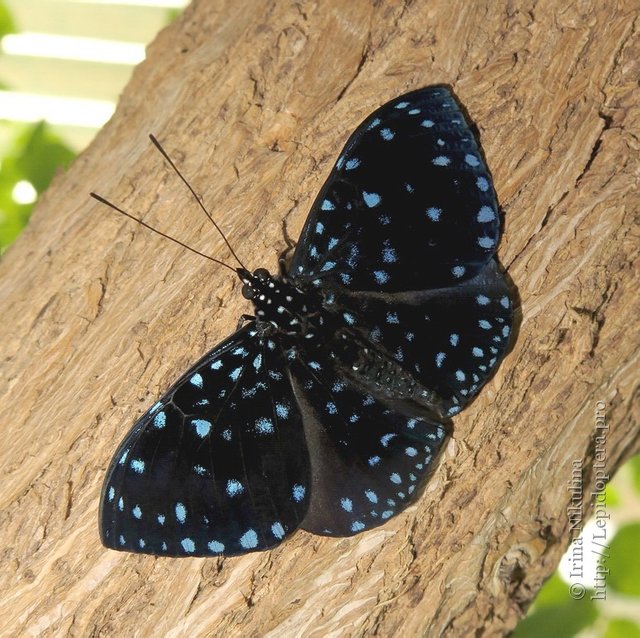
Biological Origin
The Hamadryas belong to the Nymphalidae Family, subfamily Nymphalinae. The genus was defined by Hübner in 1806 and was known for many years under the name of Ageronia. All its members sound and all the males have genital sticks that apparently help to excite the female during intercourse. Its closest relatives are the butterflies of the genus Ectima, whose caterpillars and pupae are very similar.
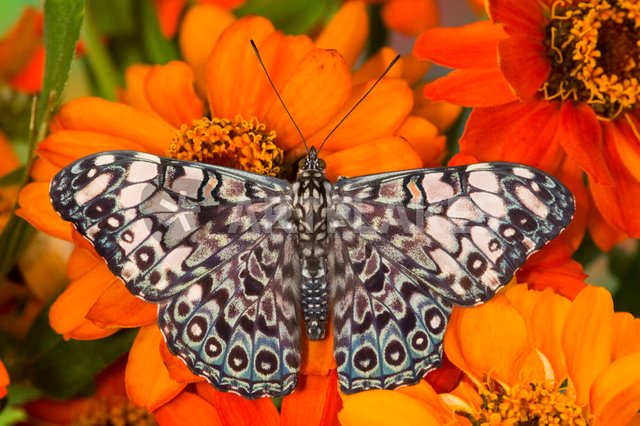
Habitat
They arrived from Mexico, Peru, Costa Rica and have been adequately established in the eastern provinces
These butterflies, usually perch on the highest part of trees that measure 10 meters or more, stay there for hours when they feel threatened. They are seldom seen on the surface of the soil, where they absorb moisture from the rocks in the streams; and is that before the slightest disturbance returns to the top of the tree. Since, procreating is their priority they are always alert of a potential mate of the opposite sex to mate.
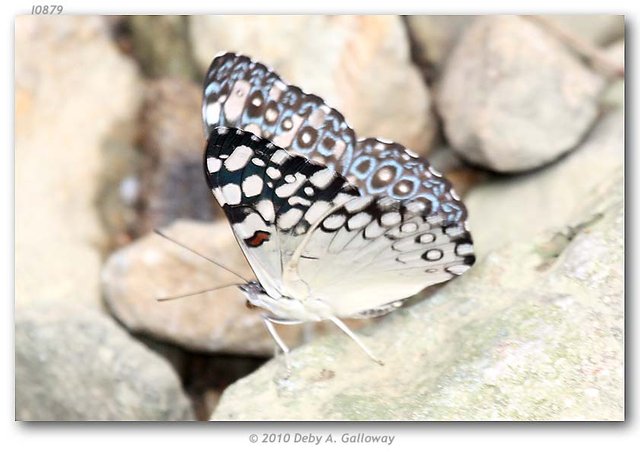
Feeding
In the process of development its feeding varies; first they chew their food (larvae) and at the end of the life cycle, when they are adults, they basically suck liquid substances to nourish themselves. They prefer less attractive foods for us, such as rotten fruits and feces.
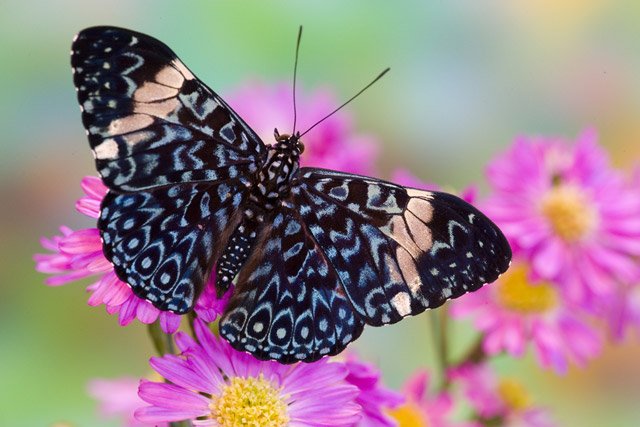
Reproduction
Apparently the females mate soon after being born with several males. They only accept those who have seized a tree: that is their territory. In some cases these court them using sounds and a flight that we could call "aerial dance". Generally in the hottest hours of the day, the females fly at low altitude and with some slowness looking for leaves that have the correct form. If one seems appropriate, they alight and smell it with the antennae before deciding to lay eggs.
They usually choose vines of the genus Dalechampla. These precautions do not always prevent the eggs from being eaten by other insects such as ants and even other Hamadryas caterpillars.
Taxonomy
Animalia Kingdom
Phylum: Arthropoda
Class: Insecta
Order: Lepidoptera
Suborder: Glossata
Infraorder: Heteroneura
Division: Ditrysia
Section: Rhopalocera
Family: Nymphalidae
Subfamily: Biblidinae
Tribe: Ageroniini
Genre: Hamadryas
Hübner, 1806
Related Link
http://www.scielo.sa.cr/scielo.php?script=sci_arttext&pid=S0034-77441998000200014
https://en.wikipedia.org/wiki/Hamadryas_(butterfly)
http://www.learnaboutbutterflies.com/Amazon%20-%20Hamadryas%20amphinome.htm
https://www.butterfliesandmoths.org/species/Hamadryas-februa
Beautiful, i like butterfly photo. Thank u @thaealmarza